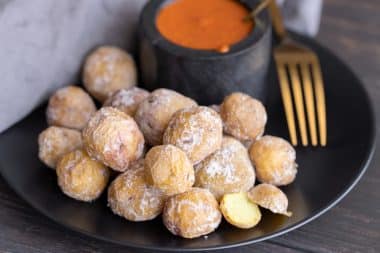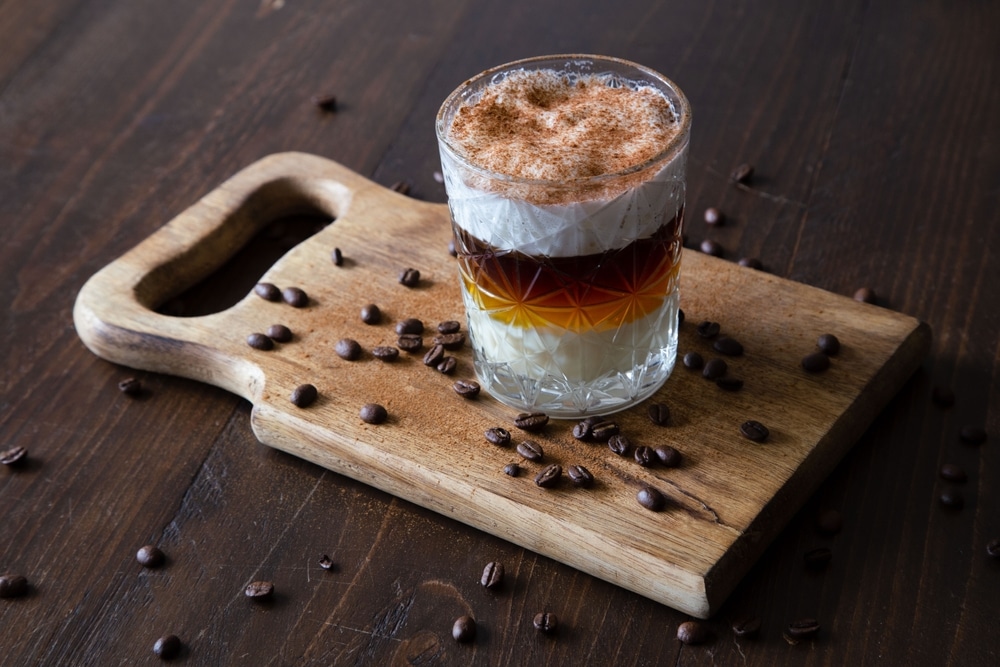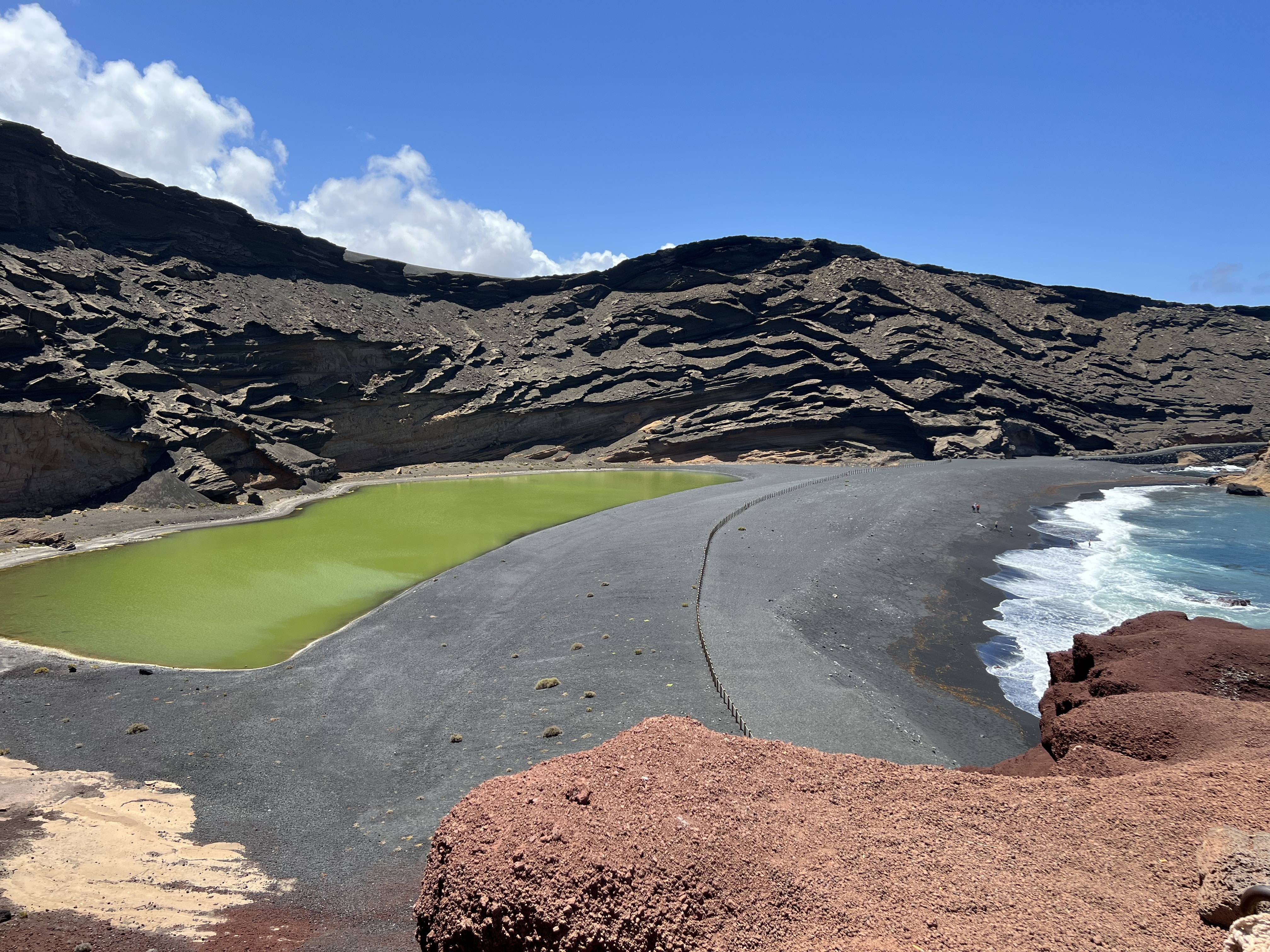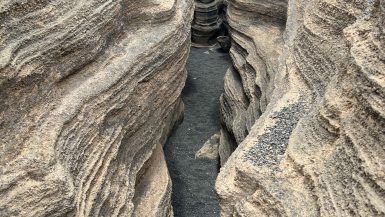The Canary Islands are one of the absolute dream holiday destinations for many Europeans due to their scenic beauty and special geographical and political location. The archipelago, located about 100-500 kilometers west of the coast of Morocco, belongs politically to Spain, but geographically to Africa. As a result, aspects of European and African culture come together here. Especially with a view to Canarian cuisine, this is exciting for many travelers.
Culinary influences
Today’s cuisine in the Canary Islands is marked by various historical developments. First of all, there is the mixing of aspects of the traditional cuisine of the old Canarians with the culinary culture of the Europeans who conquered the Canary Islands in the 15th century. Above all, elements of Andalusian culinary culture found their way to the Canary Islands in this way. Many aspects of Latin American cuisine culture have also found their way into the culinary delights of the Canary Islands over the years.
During the Franco regime in Spain , the Canary Islands were largely isolated internationally. Trade with the Spanish mainland was also severely restricted during this phase. As a result, Canarian cuisine developed during this time, especially with a focus on locally available food. It was not until the 1960s that the Canary Islands were gradually opened up to tourist visitors. Since then, there has been a stronger exchange again.
Culinary highlights not to be missed in the Canary Islands
Papas arrugadas con mojo

The “wrinkled potatoes” are probably the most famous dish of Canarian cuisine. They are especially popular with locals and visitors to the islands as appetizers and snacks for in between. These are jacket potatoes cooked for a long time in very salty water with a delicious salt crust. Due to long cooking and the high salt content, the potatoes shrivel up in the course of preparation, which gives the dish its name. Traditionally, the papas are served with mojo picón, a spicy green or red sauce made mainly from paprika, garlic, cumin, vinegar and oil. Mojo is also used in numerous other Canarian dishes.
Barraquito
Barraquito is a sweet, alcoholic coffee drink that is particularly popular in Tenerife. But it has also become an indispensable part of the drink menus in cafés and restaurants on the other Canary Islands. The name of the Barraquito means something like “small hut” in German, which probably refers to the special appearance of the drink. The very filling drink, which is often enjoyed as a dessert, is typically made up of five layers. The base is sweet condensed milk, followed by licor, espresso and milk foam, which mixes with part of the coffee to form the fourth layer. The whole thing is topped with a second layer of milk foam. A well-made Barraquito not only tastes fantastic, but is also aesthetically a real work of art. By the way, in addition to this traditional variant, most restaurants and cafés offer a non-alcoholic barraquito, in which a non-alcoholic coffee liqueur is used.
Queso asado con mojo
These include, for example, the queso asado, a spicy, soft grilled cheese that, like the papas arrugadas, is often served as an appetizer or side dish. The semi-hard cheese is made from cow’s milk and has a mild, slightly salty taste. The crunchy texture and aroma make it a popular delicacy. The mojo sauce complements it perfectly in terms of taste.
Ropa vieja
Ropa vieja is a traditional dish of Canarian cuisine, which is also eaten in a similar form in Cuba. The name means something like “old clothes”. In fact, at first glance, the dish, which consists of slow-cooked beef and vegetables plucked into fine fibers, is somewhat reminiscent of ragged clothing. Traditionally, Ropa vieja is prepared with peppers, onions, garlic, tomatoes and, of course, spices. It is often served with rice or potatoes. The combination of tender meat and spicy sauce gives this specialty its distinctive, savory flavor.
Escaldón de gofio
Escaldón de gofio is also a traditional dish of Canarian cuisine. Gofio is a roasted cereal, corn or chickpea flour that is also used in many other Canarian dishes. To prepare Escaldón de gofio, it is mixed with hot broth. Traditionally, fish or meat broth is used, but there are also numerous restaurants that offer the dish in a vegetarian version based on vegetable broth. The resulting porridge is supplemented with any ingredients. For example, diced ham or bacon, chopped onions and garlic, vegetable cubes and, of course, various herbs are often used. Grated cheese is also very popular. Often, hot mojo sauce is added to the gofio mixture at the end.




